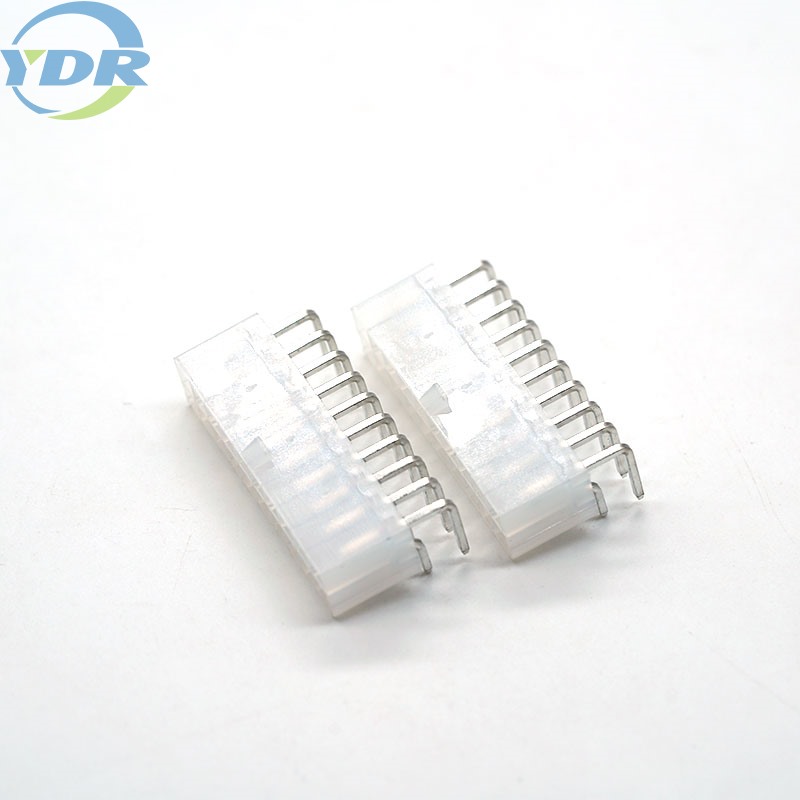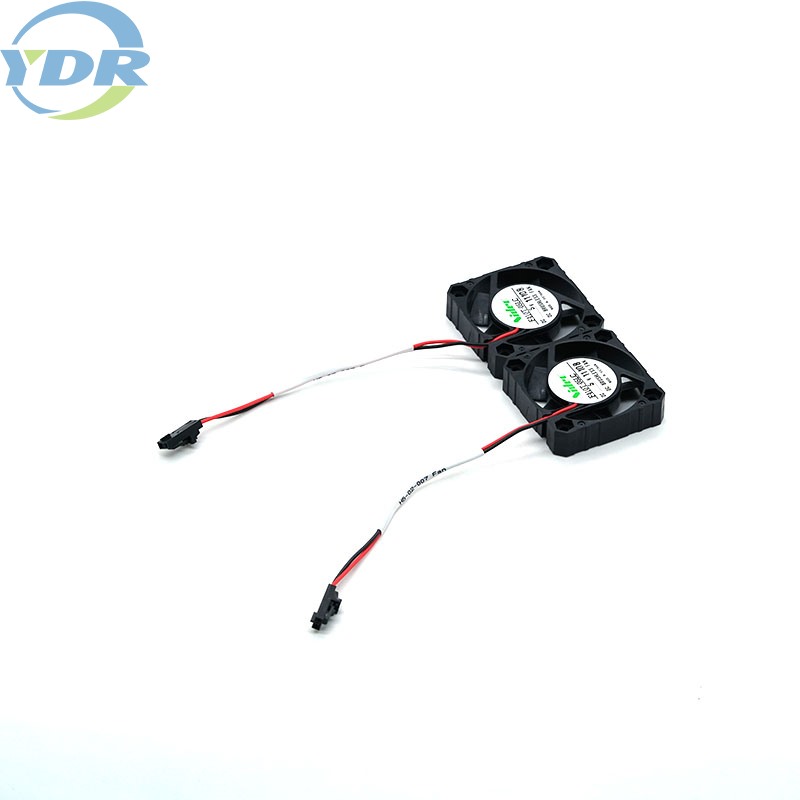Metoda połączenia przemysłowegozłącze
Industrial złączes are also called złączes and plugs. Its function is to connect two active components and act as a current and signal transmission function. With the changes in the application environment, złączes opracowali różne metody połączenia, celem jest lepsze dostosowanie się do środowiska sceny i zapewnienie stabilnej transmisji sygnału.
1. Połączenie gwintowane
Jest to tradycyjna metoda łączenia, która przyda się w przypadku niektórych elementów o większych rozmiarach lub w środowisku o silnych wibracjach. Zaletą tego typu połączenia jest to, że jest niezawodne w użyciu, a linka jest mocowana przez tarcie nakrętki i przekładni. Jeśli dodasz bezpiecznik, aby zapobiec poluzowaniu, efekt będzie lepszy. Wadą jest to, że szybkość demontażu jest stosunkowo niska, a wycofanie gwintu wymaga trochę energii elektrycznej, co jest czasochłonne.
2. Połączenie bagnetowe
Jest to formularz połączenia, który można szybko łączyć i rozłączać. Jest często używany do łączenia dwóch prostych elementów elektrycznych.Złączathat are connected by a snap-in type will mark the correct snap-locking direction at the buckle. The user can observe whether the buckle is installed in the small hole on the side of the złącze nut.
3. Połączenie wtykowe
The plug-in connection method is a commonly used connection method. The plug and socket of the złącze can be connected and separated by moving in the horizontal direction. No twisting and optional installation are required, and the connection can be completed in a short time. And separation. The common plug connection has two structures: ball and pin. This connection method saves the traditional mechanical locking mechanism, so once the złącze is inserted by mistake, it is very difficult to pull it out.
4. Połączenie szafy
Opiera się na metodzie połączenia elektrycznego, które jest blisko ramy i musi być połączone na ślepo ze sprzętem. Dzięki tej metodzie sprzęt elektryczny może być bardzo lekki i mały. Każda jednostka może pracować niezależnie od siebie, co jest łatwiejsze w utrzymaniu i cechuje się wyższą niezawodnością. Ponieważ operator tego trybu połączenia nie może dostrzec połączenia, musi istnieć dokładne urządzenie pozycjonujące, aby pomóc w płynnym połączeniu. Zwykle używaj styku pływającego lub konstrukcji sprężynowej, aby zapewnić jego prawidłowe połączenie.
5. Połączenie lutowane
Soldering connection refers to the formation of continuous metal between the solder and the surface to be soldered. Therefore, the prerequisite for the złącze is to have solderability. The common plating on the soldering end of the złącze includes metals such as tin alloy, silver and gold. The reed type contact has the welding piece type, the punching welding piece type and the notched welding piece type for the common welding end: the pinhole contact has a drilling arc notch for the common welding end.
6. Przebij połączenie
Połączenie przebijające nazywane jest również połączeniem przemieszczenia izolacji. Charakteryzuje się wysoką niezawodnością, niskim kosztem i wygodą użytkowania. Jest szeroko stosowany wzłączes in the printing industry. It is suitable for interconnection between ribbon cables. It is not necessary to puncture the insulation layer of the cable when connecting. The tip of the "U"-shaped contact spring of the złącze is used to pierce the insulation layer, so that the conductor of the cable slides into the concave groove of the złącze and is fixed, so that the cable and The złączessą w bliskim kontakcie.

 English
English  Español
Español  Português
Português  русский
русский  Français
Français  日本語
日本語  Deutsch
Deutsch  tiếng Việt
tiếng Việt  Italiano
Italiano  Nederlands
Nederlands  ภาษาไทย
ภาษาไทย  Polski
Polski  한국어
한국어  Svenska
Svenska  magyar
magyar  Malay
Malay  বাংলা ভাষার
বাংলা ভাষার  Dansk
Dansk  Suomi
Suomi  हिन्दी
हिन्दी  Pilipino
Pilipino  Türkçe
Türkçe  Gaeilge
Gaeilge  العربية
العربية  Indonesia
Indonesia  Norsk
Norsk  تمل
تمل  český
český  ελληνικά
ελληνικά  український
український  Javanese
Javanese  فارسی
فارسی  தமிழ்
தமிழ்  తెలుగు
తెలుగు  नेपाली
नेपाली  Burmese
Burmese  български
български  ລາວ
ລາວ  Latine
Latine  Қазақша
Қазақша  Euskal
Euskal  Azərbaycan
Azərbaycan  Slovenský jazyk
Slovenský jazyk  Македонски
Македонски  Lietuvos
Lietuvos  Eesti Keel
Eesti Keel  Română
Română  Slovenski
Slovenski  मराठी
मराठी  Srpski језик
Srpski језик 





